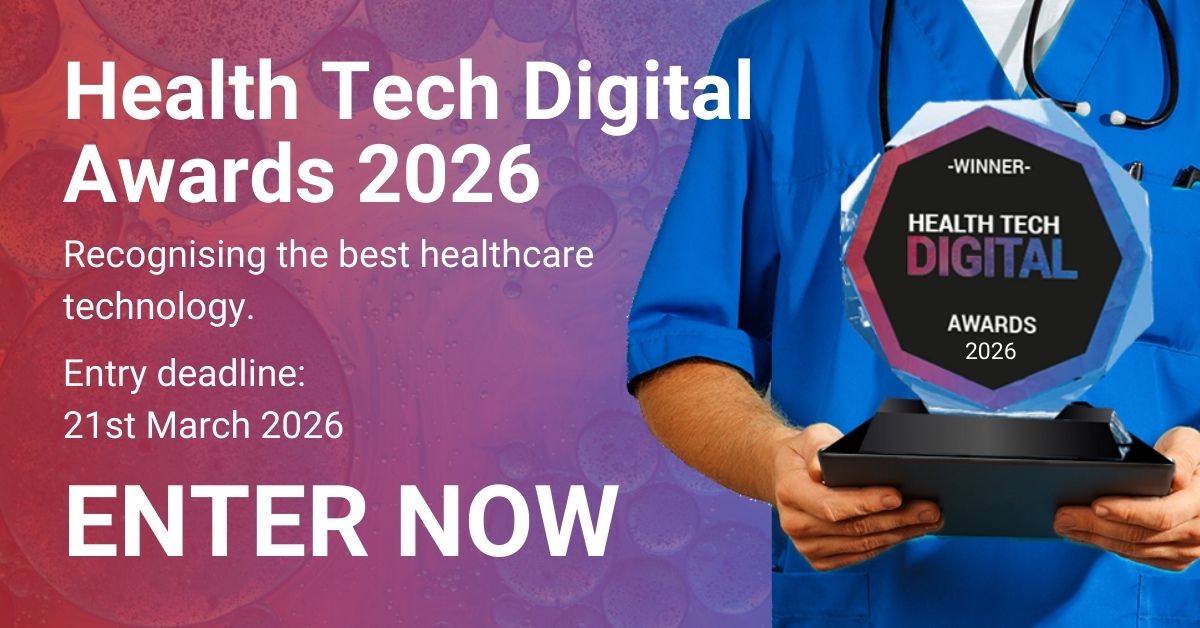
When considering the challenges we face globally, health and sustainability are never far from the top of the agenda. In fact, they are very closely linked. For every degree of global warming, our life expectancy will shrink by nearly six months, according to a 2024 study published in PLOS Climate. The same research notes that, between 2030 and 2050, climate change is expected to cause approximately 250,000 deaths annually. With such an intrinsic link between health and the environment, it becomes apparent that sustainable solutions don’t just tackle the concerns of our planet, but its people too.
Health risks aren’t just identified by life expectancy. The link between air quality and respiratory conditions has been well established – other links have been drawn to include stroke, ischemic heart disease, chronic obstructive pulmonary disease andlung cancer – whether through increases in blood pressure through the body working harder to lower core temperatures, or extreme heat rising heart rates and blood pressures. This list of conditions is only really the start and underscores the need for actions to improve the health of people and planet.
Decarbonization, the core of climate change mitigation, therefore also presents a solution to improve the world’s health. The combination of electrification and digitization, what we at Schneider Electric call Electricity 4.0, will improve public health, efficiency, resilience, accessibility and sustainability. This represents a transformative force that holds the key to a healthier and more sustainable future for both humanity and the planet.
It’s in the particles
At the heart of the matter lies air quality. We understand that poor air quality, exacerbated by fossil fuel combustion, poses significant risks to human health. But knowing about the problem hasn’t been enough for us to solve it.
To really get to the core of the problem, we need to understand what causes poor air quality, and this is down to particle pollution. These particles come in varied sizes, with PM2.5 (particles with a diameter of 2.5 micrometers or smaller) being particularly concerning due to their ability to penetrate deep into the lungs and even enter the bloodstream. Sources of particle pollution include vehicle emissions, industrial processes and energy production and consumption. AI and IoT solutions can empower us to monitor air quality in real-time to provide more insights and details on how the situation is changing.
These issues can largely be solved by reducing reliance on combustion related activities. Simple switches to clean energy sources such as driving an electric vehicle can make an impact. Additionally, digital platforms facilitate the integration of renewable energy sources, enhance the efficiency of shipping through intelligent charging infrastructure, and offshore recharging. Hybrid cruise ships will be able to charge while at anchor offshore using power drawn from renewable sources including wind, solar and tidal, with our innovative project off the Orkney islands. Another example is we can undertake process electrification to swap out blast furnaces for cleaner heat sources. By using clean energy sources and electrifying where possible, we can deliver around 75% of the actions needed to reach net zero.
Extreme weather
A further challenge we are increasingly witnessing with a warming planet is extreme weather events – and the risk to human health with these are apparent. Tragically, they are becoming increasingly frequent and severe due to climate change. From heatwaves and wildfires to hurricanes and floods, extreme weather events pose significant threats to public health and safety. Globally, the first half of 2024 has highlighted the extent of this problem with significant flooding in Brazil, Dubai and Pakistan. In addition, according to the National Centers for Environmental Information (NCEI), March 2024 saw 3,809 fires burning more than 1,400,000 acres in North America alone, which is roughly the size of the country of Luxembourg.
Electricity 4.0 isn’t just about reducing the size and scale of these events; it’s about making us more resilient in the face of them. Reducing wildfires will have a tangible impact on air quality which highlights how improving one area positively benefits another.
Integrating digital solutions as part of the planning and response to extreme weather events, powered by reliable clean energy can help protect from disaster too. Advanced weather monitoring systems provide early warnings, allowing communities to prepare and respond effectively. Integrated with smart infrastructure, these systems utilize an array of sensors to gather real-time data on weather patterns and
environmental conditions. Employing predictive analytics, they forecast potential hazards and enable preemptive measures to mitigate the impacts of climate-induced disasters.
Treating the issues in front of us
Electricity 4.0 goes even further. It is a vehicle for democratizing access to energy resources, empowering communities to progress and thrive. Solutions such as microgrids are revolutionizing energy access, particularly in remote and underserved areas – increasing energy access for all. Beyond this, microgrids have been shown to support with disaster recovery. We’ve already seen some of the benefits Electricity 4.0 can have in a world of unprecedented weather events, but being able to restore power quickly means critical services can be back up and running.
And that’s only the start of how access to energy can be transformative for improving more than just the health of the planet. Reliable electricity supply is essential for critical infrastructure such as healthcare facilities, ensuring the availability of life- saving equipment, refrigeration for medicines, and lighting for surgeries and emergency services. By bridging the energy gap, electrification can be a key technology for supporting communities to reach their full potential.
It’s clear electrification and digitization are not just technological shifts or tick box exercises; they possess the power to transform lives. By harnessing the additional benefits clean energy can provide, we can address pressing environmental and public health challenges, through reducing air pollution, improving our buildings to reduce and adapt to natural disasters and to use it as a tool to enable all communities to invest in better healthcare provisions. These investments in sustainability and resilience not only benefit the present generation but also lay the foundation for a brighter and more equitable future for generations to come.











